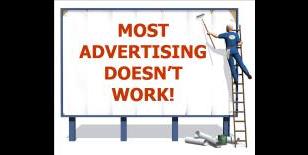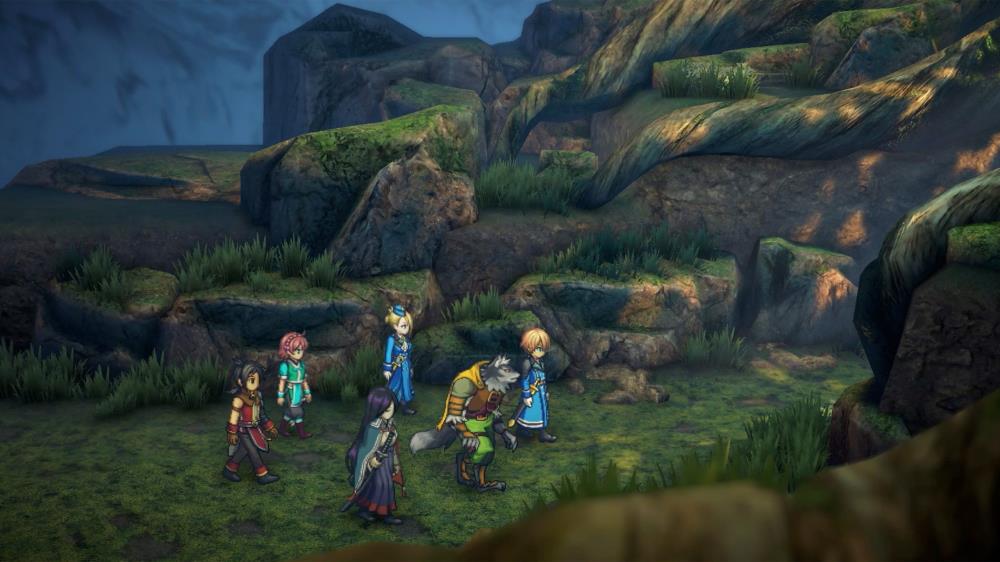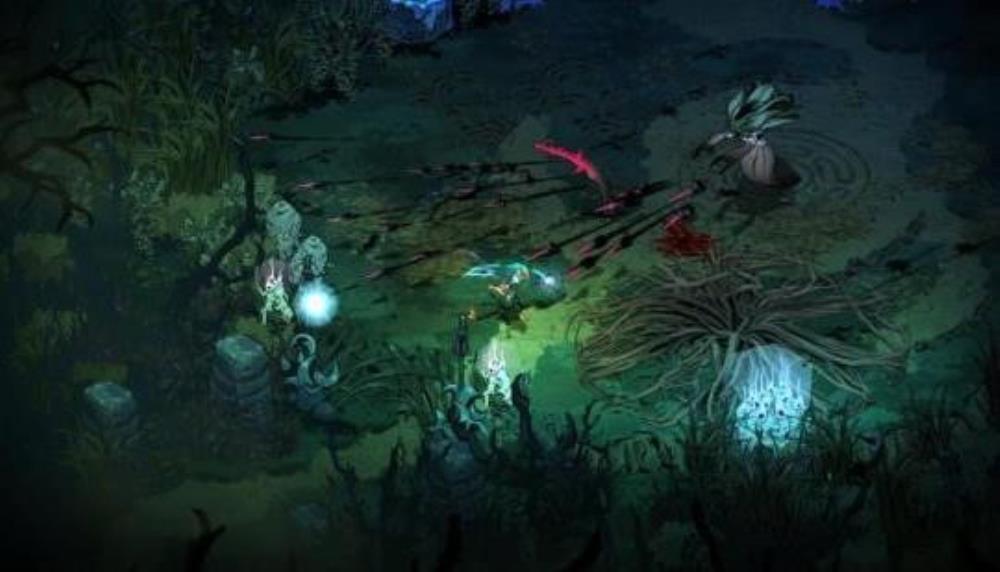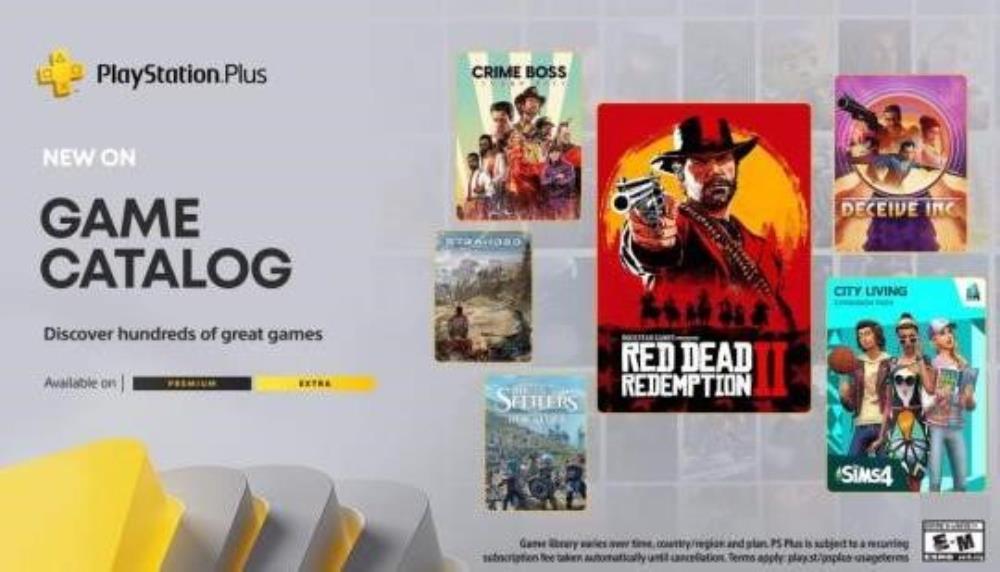
Advertising is not a cure for all that ails struggling products. It is very common when discussing struggling products for gamers to offer some variation of the following statement “It would do a lot better if only they would advertise it!” It is certainly true that advertising helps a product, but the matter is not as simple as that. Take the struggling Vita for example. How much do I have to spend to sell one million Vitas this month? Is it worth it in terms of a cost-benefit analysis? Would that money be better spent in advertising the PS4 instead? How long before I make that money back based on available software? How big is the audience for this product or service? A number of questions must be asked before the marketing strategy is decided upon and often, there are no easy answers. Resources (money) are a finite thing in a company, and they are understandably obsessed about the most effective way to deploy them. If I had a 10 million advertising budget for the playstation brand, I would not spend much of it on the Vita at all. But how do companies decide on what is optimal? Well, let’s examine some of the common approaches to launching and promoting a product.
In an ideal world, you have a great product in a receptive market and you can justify throwing wads of cash at it. Also, you have wads of cash to throw. A good example is Destiny. Here you have a popular developer (Bungie) making a FPS in a market that still craves them. The right developer, making the right game for the right market. You can throw a lot of advertising dollars behind that, and that is exactly what Activision plans on doing – rubbing this game in everyone’s face and telling them it’s a winner. So far, it has worked out from a financial standpoint. This is akin to a “tent pole” strategy, which I’ve already written about in a previous blog. But not every publisher finds themselves in such an enviable position. Activision is the exception to the rule.
Most products are launched using what marketers call a “grassroots” strategy. The philosophy or strategy behind this, is to empirically (experimentally) determine how much money and resources should be spent to push a product. Nobody really knows how a product will do until it starts being sold in stores. Resources are finite (even for Activision) and their deployment is a chess match played between marketers and the public consciousness. So, to start with, leading up to the launch of say, a game, initial advertising and promotion levels are low. This takes the form of working with media partners (gaming websites) to release trailers and previews for a game. Then, you wait for feedback. This can take many forms and includes pre-orders, page views, YouTube views, comments etc.
Your hope is to find an early audience (hardcore gamers in this case) that falls in love with your product and feel involved at the ground floor. This leads to a sense of ownership of the product. With this achieved, they go about promoting it for you, without ever being asked to. This is what happened with the Oculus Rift (OR). Gamers, developers and journalists set about proclaiming the OR as the future of gaming, as something groundbreaking. In the process, they built up the value of OR at an almost exponential rate. Several rounds of investment followed the kickstarter, and it eventually culminated in a 2 billion dollar investment by Facebook in a very short time.
If the product gets some level of positive traction, the marketers will gradually increase the coverage or intensity and thus, will support the product with more advertising to further enhance the “hype”. Getting a positive response early on from the audience is the foundation. If the product fails to impress, something may need to change. For example, with its recent release, Activision, still not content with the public reaction (pre-orders numbers) after considerable advertising expenditure, put out a Beta for Destiny. It worked wonders for the IP. Other strategies may include a delay of the game in an effort to effectively re-launch it with a different strategy. For example, a more complete build/demonstration of the product can be shown when it is closer to release. If the initial launch was overshadowed by another game or event, a delay can effectively be a re-set of the game, hopefully at a time where it gets the attention it deserves. A game delay can effectively allow a publisher to launch a game twice. In doing so, they get that “launch-level” of excitement and attention for a new game twice, effectively reaching a larger audience. When you consider that most AAA games, after years of development and expenditure, have about 1 month in which to re-coup their expenses, you can excuse publishers for using every tactic available to elevate the hype to as high as possible.
Most publishers need some solid evidence before undertaking the expenditure of a wide release. A wide release involves getting the game promoted and sold at as many retailers and venues as possible at launch. Releasing a game widely is not as simple as printing a lot of copies and sending them out. Retailers have their own demands and metrics. For example, if Destiny gets 1 million pre-orders and Driveclub gets a few thousand, guess who gets more shelf space? Posters for Destiny will be prominently displayed in the store at the expense of other games. The status of your game can even determine the profit sharing arrangement between you and the retailer. Popular goods are less risky to stock and promote. You have to convince retailers that your product is a winner for them to stock and further promote it. This is crucial because the window to make money from a game can be very narrow. If you cannot do this, a delay may be in order until you can build the necessary impetus.
If you cannot find that early audience and positive feedback required to warrant the expenditure of a wide release, then the game is eventually sent out to (usually) die an agonizing death. The only hope is that it is somehow rescued by the gaming public through word of mouth advertising. More often than not, some measure of early success is needed to breed further success. Your financiers will need some convincing to further increase advertising expenditure. Lacking the necessary resources for widespread advertising is one problem, but there’s another issue that could ultimately prove more costly—that of not knowing when it is wise to stop investing in a product that is not performing well. Knowing when to pull the plug on an investment, can sometimes be the most critical decision of all. An example is that of Double Fine’s recent early access game Spacebase DF-9. After not getting the response they wanted, they pulled the plug on further development and walked away. Advertising will not help a niche game - fans do. With game pre-orders on the decline, early access is becoming a tool to gauge public interest and dictate further investment.
Over the years, Sony has developed a heavy reliance on word of mouth advertising. During the heyday of the PS1 and PS2, where they basically controlled the console market, it worked really well. When they struggled with the very expensive PS3, their lack of spending was highly criticized by gamers. Many equated the poor sales to poor advertising, when in fact, the real reason was that there was no market for a $600 home console. They launched during an economic crisis and paid the price in terms of market share. A $600 console will not be bought by families and occasional gamers. They will not get a good return on that investment. The hardcore gamer is the one who will buy that. You do not need to advertise to these people. You put out a press release, and they will find out about it. The casuals will not buy it in numbers to justify the expense necessary to reach them. The WiiU and the Vita are equally priced out of the range of widespread success, given the existing competition and what they offer. Until they come down in price, advertising will not got appropriate returns. The PS4 and X1 are currently racing for the early adopter dollar. At $400, sales will slow soon as that early market decides one way or another. From there, it’s a slow grind to the lower prices (about $200) and casual audience it brings. Microsoft is currently having a sale of sorts ($50 off) because they need a chunk of early adopters to carry them until that second tier begins.
A more recent example is that of the recently launched Vita TV in the US. Many editors from prominent gaming sites argued that it would not be successful because Sony would not advertise it. No, that is not true. It will not be widely successful because, and I quote from a user who returned his:
“Not all Vita games are supported, Facebook not supported, YouTube not supported, Netflix not supported, Hulu not supported, Playstation home arcade not supported, and believe it or not, as if this moment (10/15/2014) Sony Music Unlimited is not supported.”
Without Netflix, it makes no sense for Sony to advertise it to the general public. Until then, widespread advertising may actually be harmful as uneducated consumers may make assumptions, become disappointed and then write scathing reviews like the one above. Right now, its main purpose is as a streaming device for the PS4 and PSNow. It’s a product for the hardcore – and we already know about it. As it improves, it will be marketed more widely.
Another example by Sony is a platforming game called Puppeteer that was released with very little advertising. There are 2 types of platforming games:
1) Successful platformers with the word “Mario” in the title
2) Unsuccessful platformers.
The market for these games is poor. No amount of advertising will change that. The question is not one of advertising expenditure. The real question is why this game was even made in the first place. Even the creator, Gavin Moore was surprised that the game was approved. It’s simply a matter of hoping that there are enough hardcore platforming fans on the PS3 to spread the word. It was never going to make much money. It’s simple fan-service or a passion project that you approve to keep your developers happy. I love that game – I would NEVER have approved it. NEVER.
Advertising is no panacea for struggling products. Some products need more investment and others need to be abandoned. Knowing the difference is no easy task – unless none of your money actually involved. It does not operate like a sprinkler system, raining down ads on everyone passing by. It functions like a watershed, and the when and where of distributing flow is more complicated that you may think. It may help, but rarely can it rescue a product, and injudicious use is an accelerated path to financial ruin.

Review - Eiyuden Chronicle: Hundred Heroes is packed with stuff to do; a very polished product that just deserves to be played.

The Showmetech team checked out the sequel to one of the best indie games of the last few years and came out impressed.

All titles release May 21.
PlayStation Plus Extra and Premium | Game Catalog
- Red Dead Redemption 2 | PS4
- Deceive Inc. | PS5
- The Sims 4 City Living | PS4
- Crime Boss: Rockay City | PS5
- The Settlers: New Allies | PS4
- Stranded: Alien Dawn | PS4, PS5
- Cat Quest | PS4
- Cat Quest II | PS4
- The LEGO Movie 2 Videogame | PS4
- Watch Dogs* | PS4
PlayStation Premium | Classics
- 2Xtreme | PS4, PS5
- G-Police | PS4, PS5
- Worms Pinball | PS4, PS5
If gamepass is so pointless and unprofitable why did PS shamelessly copy it with Plus extra?
Here's another good example:
Quote:
"Microsoft has spent more than $47 million for Xbox One ads on television this year, according to data from iSpot.tv. That is around 50 percent more than Sony’s $30 million. With that increased marketing budget, Microsoft has had 5,000 commercials while Sony has settled for closer to 3,000."
http://venturebeat.com/2014...
And yet, Xbox One is still trailing waaaaay behind the PS4.
I just don't understand how advertising works on people in the first place, and this is not limited to games. I don't see an ad for Snickers and want one, I don't see ads for games that convince me to buy them, I don't watch car commercials and say 'Yeah, that sold me'. If you're advertising a special (limited bundle, sale) I get it, awareness matters. If it's just a brand new product then sure, ads let people know it's out there.
What I don't understand is advertising products that have been out for a year, or established products that aren't going anywhere anytime soon. It makes me think of a kid doing wacky things to get more attention or a dog that won't get out of your face until you give it a treat.
Even worse though is over advertising. If I see the same commercial over and over I start actively hating the product on display, no matter what it is. Seeing the same ads over and over when watching multiple videos on the same site, for instance, helps push me away from products instead of making me want them. I've seen enough of the the new AC Unity commercial already to make me start actively hating the game because it WON'T GET OUT OF MY FACE.
Sure, not all ads or forms of marketing are that bad, and some are at least entertaining, but it always just seems to me that too much money gets thrown into it when the focus should be more on how to get the most info out there while spending the least amount of money. I just wish companies would be smarter about how they get the word out about their products.
Great read BTW, really well put together article that does a great job of explaining many of the pros and cons to advertisement in the industry.
"Over the years, Sony has developed a heavy reliance on word of mouth advertising."
A very smart move right there. For some reason advertising at all seems to be bad joo joo for gamers. Every time I see a website talking about a Halo Mountain Dew Deal or anything along that line people freak out. Maybe Sony noticed this and thought the alternative was better.